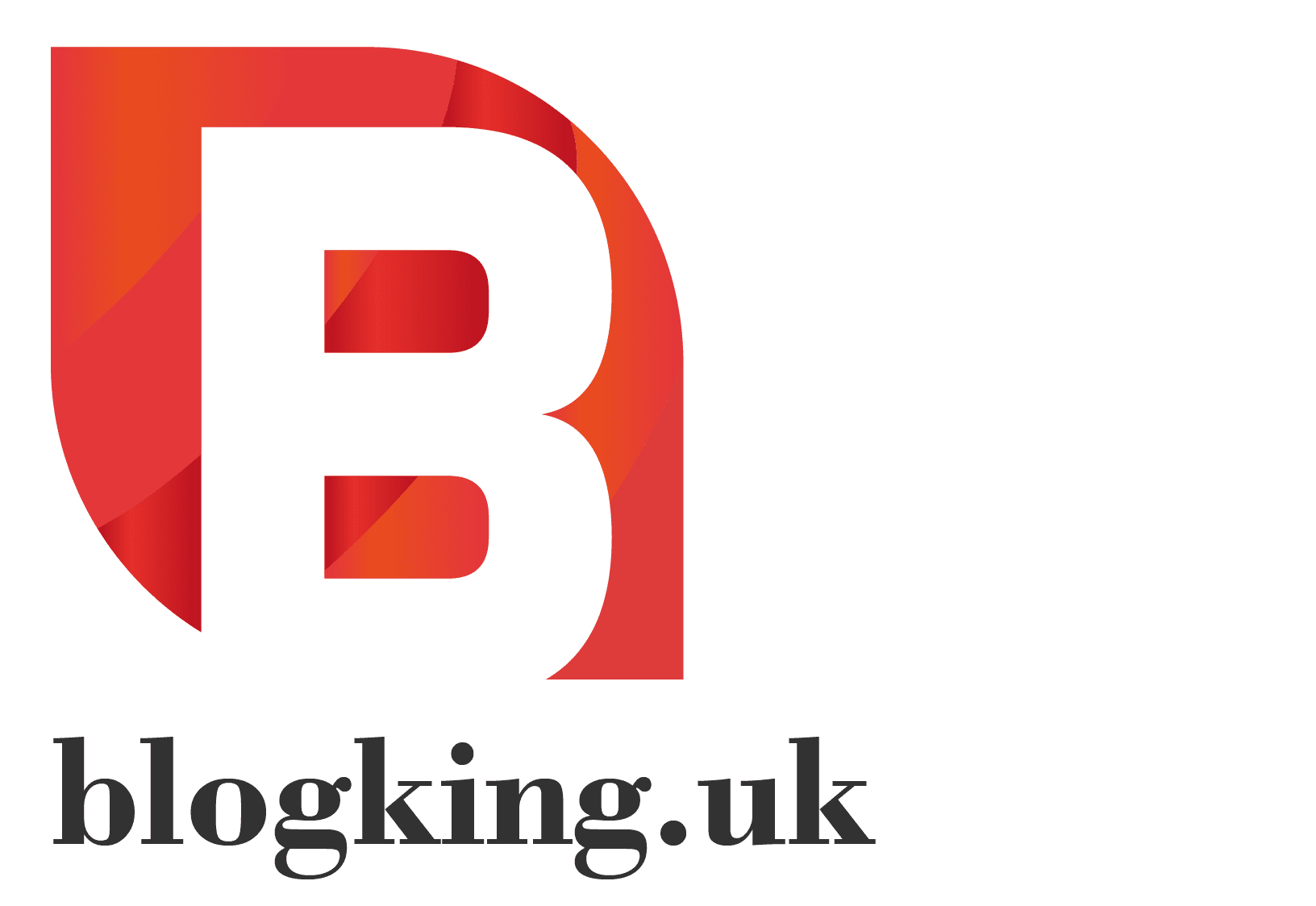Imagine being in a busy café, where two experienced entrepreneurs are talking. One shares how they grew their small shop into a big online business. They say it started with a clear plan and a willingness to change. The other entrepreneur agrees, talking about how networking and technology helped their business grow.
This shows us that using the right business growth strategies is key. It’s not just good, it’s necessary for any business to succeed.
This article will explore the best ways to grow your business. We’ll look at how to make more money and improve your business’s health. We’ll talk about managing cash flow, investing wisely, and scaling your business well. For more on these topics, check out strategies for business success.
Table of Contents
Key Takeaways
- Effective funding requests are key; waiting too long can mean missing out.
- Knowing what your customers value helps you make more money without losing out on price.
- It’s important to invest in quality while keeping your business flexible.
- Delegating tasks is essential for growing your business and increasing profits over time.
- Using technology can make your business more efficient, even if you’re just starting out.
- Always keep researching your customers to make sure your products meet their needs.
- Building a strong network with industry leaders can help your business grow.
The Importance of Implementing Business Growth Strategies
Knowing how to grow a business is key to success. Strategic planning is essential, acting as a roadmap through changing markets. It helps companies grow and stay strong when faced with obstacles. Only 25 percent of businesses sustain growth, showing the importance of good strategies.
Understanding the Necessity for Strategic Planning
Strategic planning sets clear goals and steps to reach them. It helps businesses focus on the right tactics for their needs. The Ansoff matrix helps categorise growth strategies into four types.
| Strategy Type | Description | Risk Level |
|---|---|---|
| Market Penetration | Selling more of the same products to the existing market. | Low |
| Product Development | Introducing new products to the current market. | Moderate |
| Market Development | Selling existing products in new markets or segments. | Moderate |
| Diversification | Selling entirely different products or services to different customer segments. | High |
How Growth Strategies Foster Business Sustainability
Strategic growth is vital for a business to last. Studies show that sustainable growth leaders outperform by seven percentage points annually. They are more likely to beat the competition over ten years.
Adding environmental, social, and governance (ESG) goals to strategies boosts performance. Diverse strategies like acquisitions and partnerships also help grow while reducing risks.
Prioritising Cash Flow Management
Effective cash flow management is key to any business’s success. Keeping a balance between income and expenses is vital. It helps businesses adapt to changes and seize new opportunities without risking their operations.
We will explore strategies to improve cash flow management. This ensures businesses stay agile and ready for growth.
Ensuring Financial Stability for Growth
Businesses need to understand their cash flow needs to achieve financial stability. Experts say aiming for a cash-positive state in five to seven years is best for SaaS companies. A company’s growth and free cash flow rates should add up to 40% or more for strong financial health.
Creating accurate cash flow projections helps avoid risks. It also helps manage the business proactively.
Strategies for Maintaining Healthy Cash Flow
Effective strategies can greatly improve a business’s cash flow. Here are some:
- Forecast cash flow accurately and develop projections based on historical data.
- Explore diversification of your customer base to reduce dependency on a few major clients.
- Utilise subscription management platforms like Younium to optimise billing and invoicing processes.
- Implement upfront invoicing for a year to enhance cash flow and mitigate default risks.
- Encourage early payment incentives to ensure timely receipts.
Automating payment and invoicing systems simplifies tracking funds. Negotiating better payment terms with vendors also helps improve cash flow. A well-structured cash flow management plan helps make informed decisions and adapt to market changes.
Improving cash flow management boosts sales and sets a solid foundation for growth. For more on financial planning strategies, see this comprehensive guide.
| Strategy | Benefits |
|---|---|
| Regular Cash Flow Forecasting | Prepares for seasonal fluctuations and unexpected expenses |
| Upfront Invoicing | Enhances cash flow and reduces default risk |
| Subscription Management | Optimizes billing and mitigates revenue leakage |
| Diversification of Customers | Minimizes risks associated with dependence on a few clients |
| Payment Automation | Improves efficiency and reduces complexities in cash flow |
Determining Optimal Pricing
Finding the right pricing is key to growing our business. It’s about balancing what customers think is worth it and the costs we face. There are different ways to do this, like value-based pricing and cost-plus pricing, each with its own benefits.
Value-Based Pricing vs. Cost-Plus Pricing
Value-based pricing focuses on what customers get from us, not just our costs. Tesla is a great example, highlighting unique benefits like zero emissions. On the other hand, cost-plus pricing adds a markup to our costs, aiming to cover expenses but might not match what customers are willing to pay.
Understanding price elasticity is critical when choosing a pricing method. As prices go up, demand often goes down. It’s important to know how customers react to price changes through market research. Surveys and focus groups can show how sensitive customers are to price.
How to Effectively Communicate Value to Customers
Telling customers about the value we offer is essential. Being open about the benefits they get can help justify our prices. For example, Netflix offers different plans at different prices, letting customers choose what fits their needs and budget.
Competitive pricing is another strategy, where we match or beat our competitors’ prices. Walmart, for instance, keeps prices low to attract budget-conscious shoppers. Bundle pricing can also attract customers by giving discounts for buying multiple items together, making it seem like a better deal.
| Pricing Strategy | Description | Advantages |
|---|---|---|
| Value-Based Pricing | Prices set based on perceived customer value | Strengthens customer loyalty, maximises profit margins |
| Cost-Plus Pricing | Markup added to total costs | Easier calculation, assures cost recovery |
| Tiered Pricing | Multiple product/service levels at varying prices | Caters to different customer segments, enhances accessibility |
| Competitive Pricing | Prices based on competitors’ rates | Attracts price-sensitive customers, maintains market position |
| Bundle Pricing | Reduced rates for purchasing multiple items | Encourages additional purchases, perceived value increases |
Improving our pricing strategies is an ongoing process. We need to test, listen to customer feedback, and keep an eye on market trends. The right strategy helps us meet our business goals, whether it’s gaining market share or improving our finances.
Investing in Quality While Minimising Overhead Costs
To succeed today, we must focus on quality and cut costs. This mix affects our business and profits. Making wise choices helps us stay strong without losing quality.
Balancing Quality and Cost in Business Operations
Finding the right balance between quality and cost is key. Renting office space saves money, unlike buying which costs a lot upfront. Shared offices offer a professional setting at lower prices, with flexible terms to save more.
- Short-term leases help us grow smoothly.
- Remote work cuts costs on utilities and supplies.
- Using energy-efficient ways saves a lot on bills.
Smart Investments that Drive Profitability
Outsourcing IT and accounting boosts efficiency and profits. Reviewing subscriptions can find ways to save. Investing in quality means better customer service, which keeps customers coming back.
Figuring out overhead costs per employee helps find savings. The formula: (Monthly Overhead / Monthly Labour Cost) x 100 = Percentage of Overhead Cost to Labour, shows where to cut costs. Good budgeting helps us meet our financial goals while keeping costs down.
Business Growth Strategies for Effective Delegation
As businesses grow, it’s key to use effective delegation for success. By giving non-core tasks to the right team members, leaders can focus on growth strategies. Team building improves collaboration and builds trust and accountability.
The Importance of Delegating Non-Core Tasks
Delegating non-core tasks helps leaders focus on what’s most important. This leads to better efficiency and innovation. Leaders who delegate well can earn up to 33% more than those who don’t.
Matching tasks with team members’ strengths boosts productivity and job satisfaction. This leads to higher employee engagement. Businesses that delegate well grow 12% faster than those that don’t. This approach helps everyone grow and creates a positive work environment.
Building a Team to Enhance Operational Efficiency
Investing in team building makes operations more efficient and encourages teamwork. Setting SMART goals helps everyone know what’s expected. Delegation leads to a culture of improvement, where team members take pride in their work.
Regular check-ins improve communication and give staff more freedom. Celebrating wins together keeps the team motivated and positive. By focusing on leadership development, businesses can build a highly engaged and competent team. For more on outsourcing benefits for small businesses, check out outsourcing strategies.
Harnessing Technology for Efficiency and Scalability
In today’s fast-paced business world, using the right technology is key. It boosts efficiency and lets businesses grow. Finding the right tools for tasks like marketing and managing customer relationships is important. This helps businesses grow by making processes smoother and focusing on what matters most.
Identifying the Right Technological Tools
Choosing the right technology can be tough. It’s important to pick tools that meet your needs now and in the future. Tools like business management software help manage data better, cut down on mistakes, and improve decision-making.
- Evaluate existing systems to identify gaps.
- Choose tools that align with specific business objectives.
- Invest in scalable technology to support future expansion.
Maximising Growth through Automation
Automation is vital in today’s competitive market. It frees up teams to focus on innovation and strategy. By automating routine tasks, businesses can adapt quickly to market changes and make better decisions with data.
| Technology Type | Benefits | Impact on Business |
|---|---|---|
| Integrated Business Software | Centralised data, reduced errors | Improved decision-making |
| Cloud Technology | Reduced IT costs | Enhanced scalability |
| Cybersecurity Tools | Protection of digital assets | Risk management and compliance |
Keeping employees up-to-date with training is essential. It helps them stay ready for market changes. By staying proactive in updating systems and following security rules, businesses can stay ahead. This gives them a strong position in their industry.
Continuous Customer Research and Two-Way Communication
Knowing our customers is key to making good marketing plans and improving our products. By always doing customer research, we can make detailed profiles of our buyers. These profiles help us target our marketing better. They let us really connect with our audience by knowing what they like and need.
Creating Buyer Personas for Targeted Marketing
Making buyer personas means looking at market data, what competitors do, and what customers say. About 89% of brands use this info to keep up with trends and market values. This helps us know who we are as a brand and what our customers want to hear.
By really getting to know our audience, we can make sure our messages hit the mark. This makes our marketing more effective and engaging.
Leveraging Customer Feedback for Improvement
Using customer feedback to improve our marketing is a game-changer. It turns our marketing into real conversations. To do this, we need to listen deeply to our customers.
Good two-way communication makes our audience feel heard and valued. It builds trust and creates a sense of community. This leads to better communication and more teamwork.
| Communication Types | Benefits |
|---|---|
| Horizontal Two-Way Communication | Enhances mutual understanding, creativity, and innovation among team members. |
| Vertical Two-Way Communication | Improves trust between leadership and employees, leading to internal brand loyalty. |
| Asynchronous Communication (e.g., Surveys) | Initiates dialogue while giving insights into employee concerns and ideas. |
| Instantaneous Communication (e.g., SMS) | Allows for quick feedback and boosts workplace engagement. |
Networking Purposefully for Business Expansion
In today’s fast-paced world, networking is key for growing your business. Meeting industry leaders can give you insights and open new doors. These connections can help you reach more customers and grow faster.
Connecting with Industry Influencers
There are different ways to network, like operational, personal, and strategic. Each is important for making connections that can lead to great partnerships. Companies often have programmes for operational networking.
Industry groups help with personal networking, letting you meet others and learn from them. Learning strategic networking helps leaders move forward in their fields.
The Benefits of Building a Support Community
Having a community of entrepreneurs can spark creativity and solve problems. Studies show 85% of people think good connections are key to success. Companies that focus on teamwork tend to have happier employees.
Creating a purposeful work environment boosts productivity and loyalty. Diverse teams bring new ideas, leading to better decisions and results.
If you want to grow your network, check out our detailed guide. Networking is a strong way to achieve your business dreams.
| Type of Networking | Description | Benefits |
|---|---|---|
| Operational Networking | Focuses on building relationships for day-to-day business operations. | Enhances efficiency and fosters teamwork. |
| Personal Networking | Involves building personal connections for professional growth. | Provides support, mentorship, and career advancement. |
| Strategic Networking | Focuses on connections that align with business objectives. | Enhances opportunities for partnerships and collaborations. |
Conclusion
Using proven business growth strategies is key for any company wanting to grow. Focusing on cash flow, delegating tasks well, and setting the right prices helps a lot. It makes a business more profitable and able to grow bigger.
Knowing your strengths and weaknesses is important. Regular checks like SWOT analysis help. This way, we can set clear goals and measure how well we’re doing. Using technology to improve processes is also essential for better productivity and lower costs.
By following these strategies, we can build stronger bonds with our customers. This leads to loyalty and helps our business grow in the long run. For more on how SEO can help, check out our SEO services. With these steps, we build a strong base for success and growth.
FAQ
What are business growth strategies?
Business growth strategies are plans to make a company more profitable. They help businesses grow by increasing sales and market share. These strategies are important for success in changing markets.
Why is cash flow management important for business growth?
Good cash flow management keeps a business stable. It lets them invest and adapt quickly. Without enough cash, growth can be limited.
How does pricing strategy affect profitability?
The right pricing strategy, like value-based pricing, can increase revenue. It sets prices based on what customers value. This can lead to higher profits and loyal customers.
What should businesses consider when investing in quality resources?
Businesses should see costs as investments, not expenses. Finding smart investments is key. This helps growth while keeping customers happy.
How can effective delegation improve business operations?
Delegating tasks lets entrepreneurs focus on important strategies. A skilled team can make operations more efficient. This drives growth and success.
What role does technology play in scaling business operations?
Technology makes businesses more efficient and scalable. The right tools and automation streamline processes. This boosts growth and meets market demands.
Why is continuous customer research vital for business success?
Ongoing customer research helps create buyer personas. This guides product and marketing strategies. It also builds loyalty and improves products based on feedback.
How can networking contribute to business growth?
Networking connects businesses with influencers and peers. It opens up partnership and insight opportunities. A supportive network shares strategies for growth.






